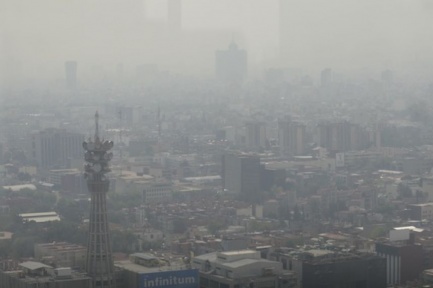What types of pollutants can we find indoors?
Air is easily transferred from outside and into our homes, offices and vehicles through our ventilation systems. Pollutants like exhaust fumes, pollution from industries, mould, allergens, pollen, radon, pesticides, micro/nano particles, etc. These can all enter into our homes, workplaces and other environments on a daily basis.
Construction material – can secrete poisonous gas (radon), raw material, asbestos-containing insulation, wet or damp carpet, and furniture etc. These can, and often do attract particles, bacteria, viruses, mould, etc. These are a few of the effects that go under the name “Sick Building Syndrome” (SBS). Other pollutants are by-products for; central heating and cooling systems and humidification devices.
All living creatures regularly shed skin, hair, fibre & humans will drop dust from clothes, dirt from shoes, etc. We pollute our air further from smoking, cooking, lighting fires, keeping pets, cleaning and maintenance, personal care and hobbies.
Oxygen ions – human activities and pollution generates positive charged ions, which result in an unnatural imbalance of ions, which has been proven to cause health problems.
What are the consequences of polluted indoor air?
After studies of people who have been exposed to SBS or other polluted environments it has been clear that a polluted environment is the cause of the following symptoms:
- allergy
- asthma
- irritation in eyes and throat
- cardio and vascular de-cease
- respiratory de-cease
- fatigue, concentration difficulties, headache, irritation, depression
- virus and bacteria attacks
The consequence of these symptoms is long-term sickness and absence from work and school as well as an enormous cost for the society.There is an urgent and growing problem in our hospitals, where we wage a daily war against resistant bacteria and virus infections.
Likewise, some industrial procedures will suffer with long term problems because of particles found in the air. These are directly functional problems causing production and quality problems or storage losses in the hospital industry, the food and pharmaceutical industries, the electronic industry, paper and photo industry and in many other industrial processing situations.
Can indoor pollution be fixed?
To be fair there will never be a permanent solution, so long as we live and work in this modern world that we have created, however air quality problems that occur in our homes and offices, and vehicles involve us taking positive measures to minimise the effects of these pollutants, by controlling the sources of pollution, increasing and maintain ventilation systems, and installing air purification devices.


Recent Comments